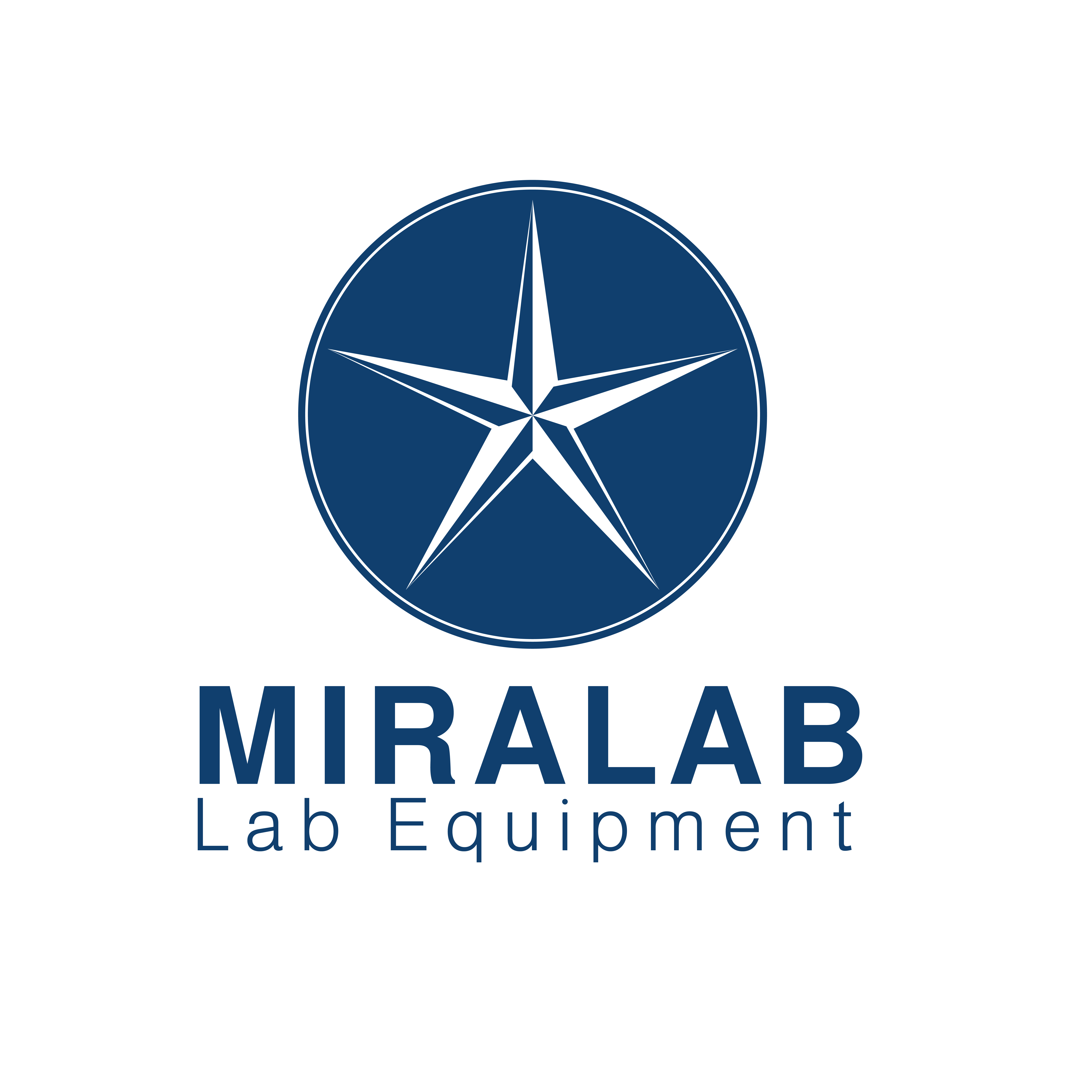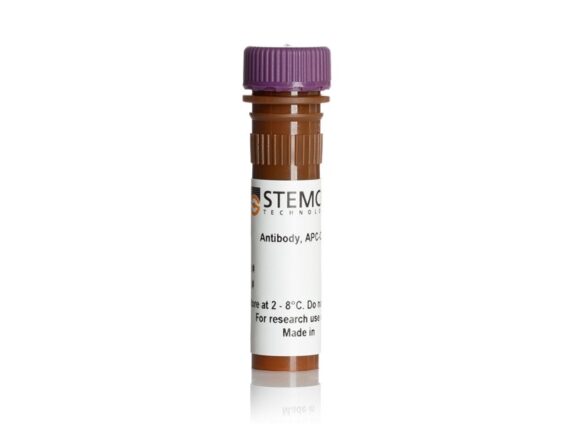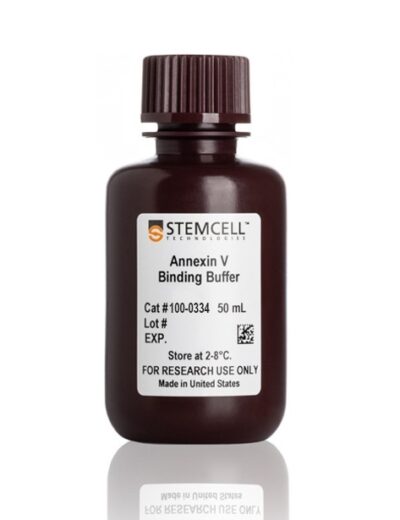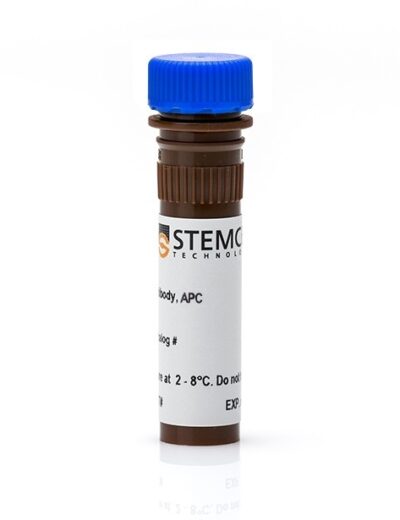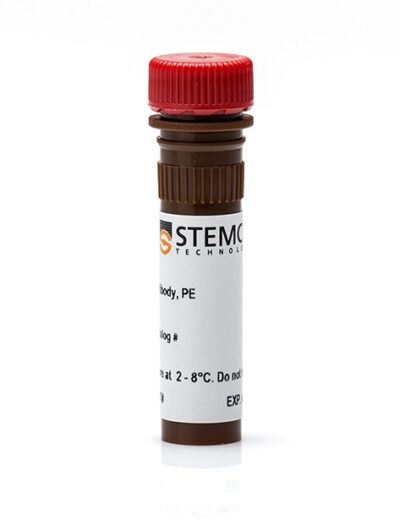Anti-Human HLA-DR Antibody, Clone L243 Mouse monoclonal IgG2a antibody against human, rhesus, cynomolgus HLA-DR
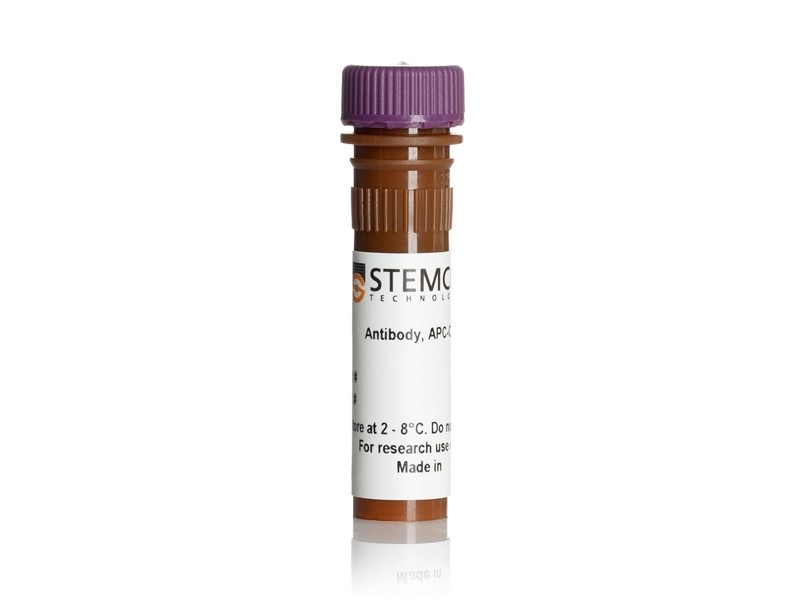
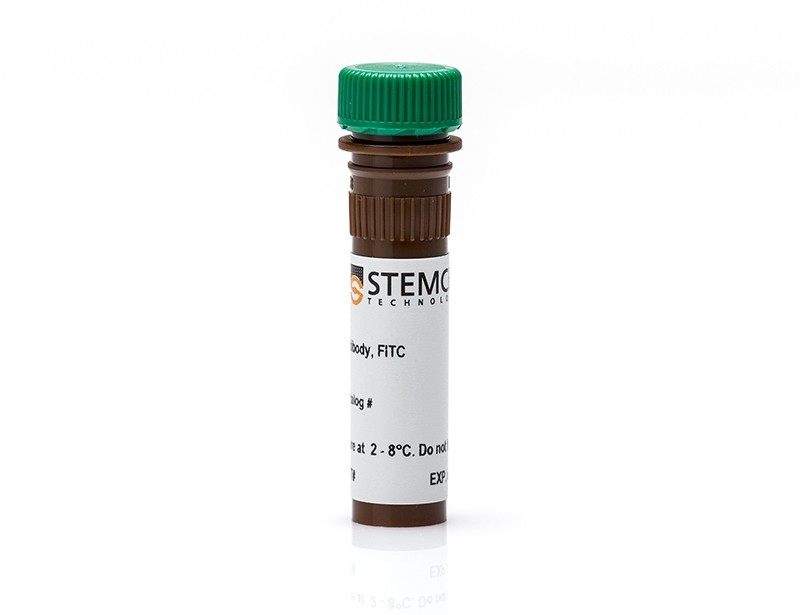

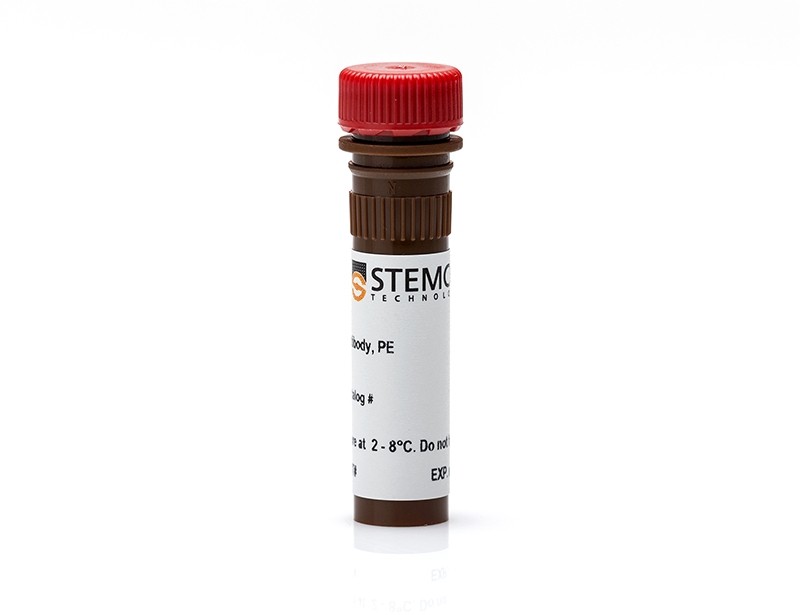
Overview
The L243 antibody reacts with human HLA-DR, the major histocompatibility complex (MHC) class II receptor and a member of the immunoglobulin protein superfamily. HLA-DR is a heterodimeric transmembrane glycoprotein comprising a 36-kDa α subunit associated non-covalently with a 27-kDa β subunit and is expressed on the surface of antigen-presenting cells such as B cells, activated T cells, monocytes, macrophages and dendritic cells, activated natural killer (NK) cells, and progenitor cells. Together with the CD3/T cell receptor (TCR) complex and CD4 molecules, HLA-DR mediates a critical function in presenting peptides generated from hydrolysis of exogenous antigens by antigen-presenting cells to CD4+T (helper) cells, thereby either suppressing or inducing an immune response to the peptides. Thus, HLA-DR is involved in graft-versus-host disease and several autoimmune conditions. The L243 antibody binds an extracellular, conformational, and nonpolymorphic epitope on the α chain that is expressed only when the αβ heterodimer is correctly folded, and binding is not dependent on peptide loading of HLA-DR. Binding of the antibody blocks the association of HLA-DR with TCRs and reportedly exerts cytotoxic effects on human cells. The L243 antibody does not cross-react with HLA-DQ or HLA-DP.
Subtype: Primary Antibodies
Target Antigen: HLA-DR
Alternative Names: HLA-DRA, Major histocompatibility class II, Major histocompatibility class II DR alpha, MHC class II, MHC class II DR alpha, MGC117330, MLRW
Reactive Species: African Green Monkey; Baboon; Common Marmoset; Cotton-Topped Tamarin; Cynomolgus; Pigtailed Macaque; Rhesus; Squirrel Monkey; Chimpanzee; Dog; Human
Conjugation: APC-Cyanine7; APC; FITC; PE
Host Species: Mouse
Cell Type: B Cells; Macrophages; Monocytes; T Cells
Application: Flow Cytometry; Immunohistochemistry
Area of Interest: Immunology
Clone: L243
Gene ID: 3122, 3123
Isotype: IgG2a, kappa
